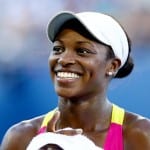 Switch to serve-and-volley style might
Switch to serve-and-volley style might
make rising tennis pro Stephens even better
Based on a surprising U.S. Open performance last week, tennis experts, coaches, superstars and former superstars have dubbed Sloane Stephens as a rising teen pro with star quality. Actually, she’s shown the potential to be a bit more than that. And should those in charge of guiding her career steer her toward a serve-and-volley style of play, five years from now, the effervescent 18-year-old might very well be the women tour’s dominant pro.
Ranked No. 106 in the world, wild card entry Stephens reached the U.S. Open third round last week before losing to No. 16 Ana Ivanovic 6-3, 6-4. Ivanovic, the 2008 French Open champion, also was duly impressed, despite Stephens’ jittery-marred effort.
“I think she can be really good,” said Ivanovic, 23. “She’s a fit, strong girl, has a big forehand and a big serve. With a little bit more variety on (her serve), she can be even more dangerous. She can be top 20.”
Though many of the game’s legendary players, including Rod Laver, Althea Gibson, Margaret Smith Court, Billie Jean King, Martina Navratilova, John McEnroe, Boris Becker and Pete Sampras to name a few, were aggressive serve-and-volleyers, that style has become as familiar on the pro tours as pterodactyls in flight. But for the last 20 years, juniors hoping to become singles champions on the pro tours have been groomed at tennis academies and facilities where the emphasis is on teaching baseline bangers with two-handed backhands. Coaches don’t (and shouldn’t try to) teach strokes and tactics they’ve never studied or used. Alas, singles oriented-juniors interested in developing the topspin lob as an offensive weapon, to hit slice approach shots, half-volleys or punch volleys must learn to do so on their own.
To be clear, the serve-and-volley game isn’t the only path to greatness: baseliners Bjorn Borg, Chris Evert, Steffi Graf and Andre Agassi also are all-time greats, with Hall of Fame credentials . However, as great as Graf was , she probably would have won at least two additional major titles had she not feared playing the net on several key points against Aranxta Sanchez Vicario in the 1989 French Open final and against Gabriella Sabatini in the 1990 U.S. Open final. Though she ended a brilliant career as one of the game’s top superstars, Graf is among several gifted athletes who might have been even more dominant as a serve-and-volleyer.
Had Venus and Serena Williams copied the serve-and-volley style of Gibson, one of their heroines, they, too, might have won a half dozen or more major titles. Their strong serves made them ideal candidates to consider developing the more aggressive serve-and-volley style of play. Sampras made the switch, and he certainly has no regrets.
While it’s too late for the Williams sisters to abandon their baseline games, Stephens or 16-year-old Madison Keyes, are young enough to make successful transitions. The USTA should establish training regimens designed to transition gifted young athletes like Stephens and Keys from baseliners to serve-and-volleyers.
Producing power-hitting baseline automatons shouldn’t be at the center of the tennis academies or USTA’s player development plan. An academy or national training program that doesn’t include the development of aggressive serve-and-volleyers is shortsighted at best.
Right now, Stephens is eager to receive a gift her mother, Sybil Smith, promised her.
“My mom said beginning of the year if I broke into top 100, she’d get me a car,” Stephens said. “So obviously, I’m going to get a car. I’ll probably tweet a picture when I get it.”
Occasionally, Stephens posts spiritual/inspirational quotes on her twitter account. A recent posting: “Sometimes God pushes us to our limits. It’s because he has greater faith in us than we have in ourselves.”
Also: “I cheated on my fears, broke up with my doubts, got engaged to my faith and now I’m marrying my dreams.”
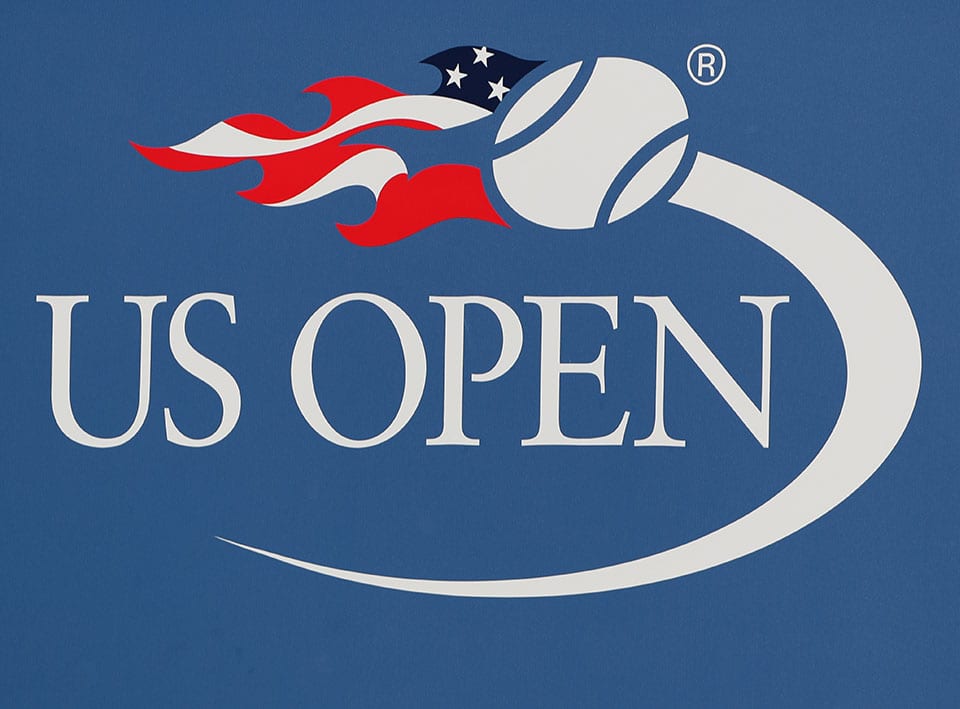
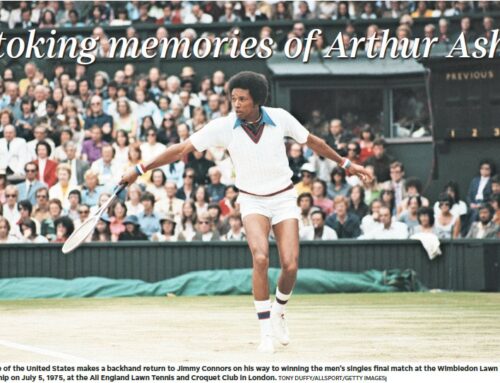
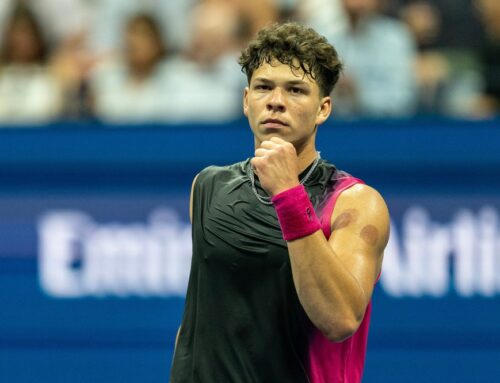
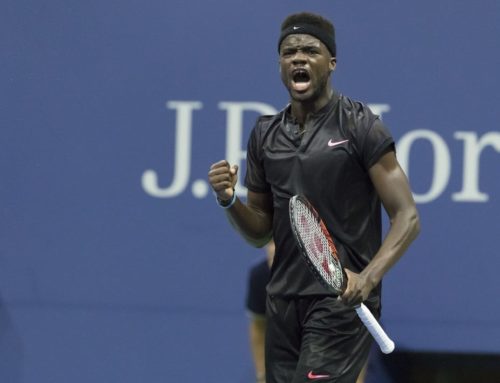
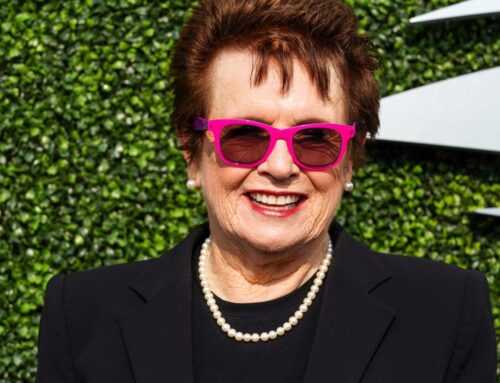
Leave A Comment